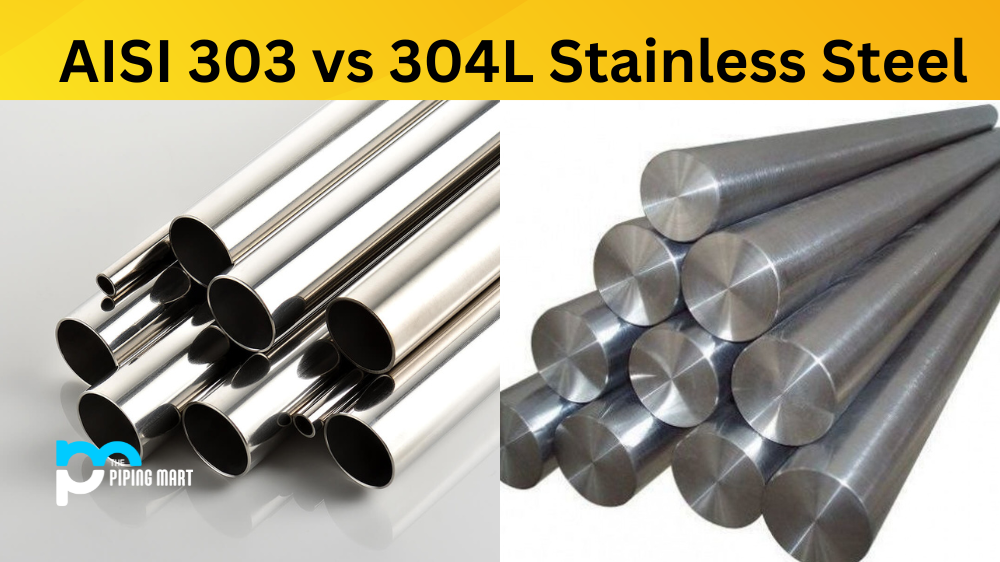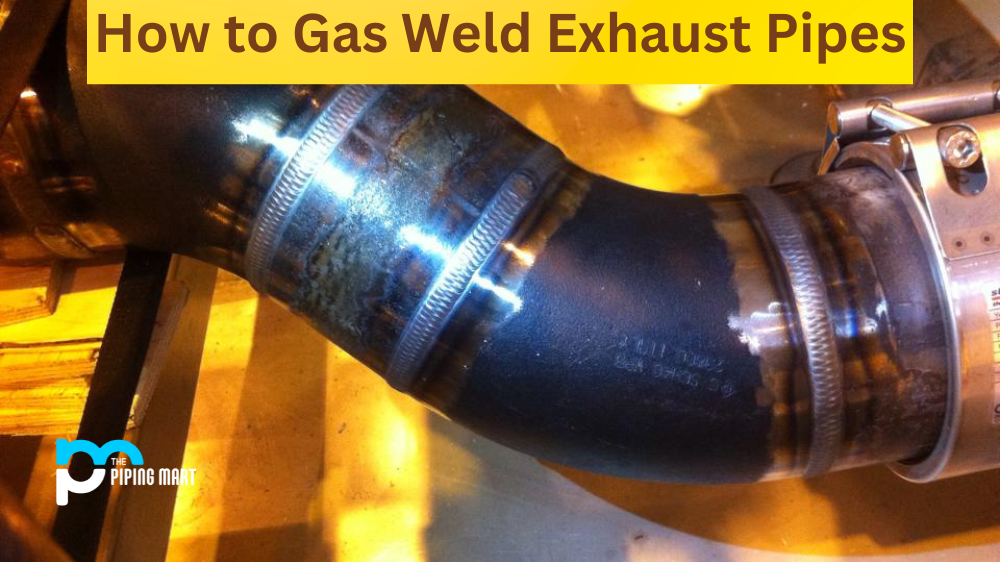If you’re in the market for stainless steel, you’ve likely come across two alloys in particular—AISI 303 and 304L. These two types of stainless steel are often used interchangeably, but there are some critical differences between them that you should consider when making your choice. Let’s compare AISI 303 vs 304L to determine the better option for your project.
Difference Between AISI 303 and 304L Stainless Steel
The first step to choosing between AISI 303 and 304L is understanding what each alloy is made from. Both alloys are austenitic stainless steels, meaning they are non-magnetic. They also have a similar chemical composition, containing 18 percent chromium and 8 percent nickel (the rest being iron). However, one key difference between the two alloys is the addition of sulfur and selenium in the 303 alloys. This addition gives the alloy its machinability, allowing it to be easily molded or cut into shape while providing resistance to corrosion.
Uses
There are several factors to consider when deciding whether to use AISI 303 or 304L for a specific project. First and foremost is where you plan on using the alloy—both can be used for various purposes, such as automotive parts, architecture, food processing equipment, medical instruments, valves, pumps, fasteners etc. Still, each has its advantages depending on the application. For example, AISI 303 is typically used for food production because it has more excellent machinability than 304L, which makes it easier to clean after use in wet environments like kitchens; however, if you need a corrosion-resistant material, then you may want to opt for 304L instead due to its higher resistance levels compared with AISI 303. Additionally, 304L would be the better choice if your project requires welding since it has a lower carbon content (0.03%), making it less prone to cracking or warping during welding processes than its counterpart (0.06%).
Composition
One of the most critical differences between AISI 303 and 304L is their composition. AISI 303 contains higher carbon, manganese, and sulfur levels than 304L. This gives AISI 303 better machinability than 304L but makes it more susceptible to corrosion.
Corrosion Resistance
Despite having different compositions, both AISI 303 and 304L have excellent corrosion resistance thanks to their high chromium content. However, 304L is slightly better in this regard as it contains less carbon than 303. This makes 304L less likely to corrode in high-temperature environments.
Strength
Another critical difference between these two sheets of steel is their strength. AISI 303 is slightly stronger than 304L, making it the better choice for applications where strength is a critical property. However, 304L is still plenty strong for most applications and has the advantage of being more malleable than 303.
Cost
Finally, the cost is always essential when selecting a material for any application. In general, AISI 303 will be more expensive than 304L due to its higher carbon content. However, both sheets of steel are relatively affordable compared to other types of stainless steel.
Conclusion:
When deciding between AISI 303 and 304L stainless steel, several factors must be considered, including where you plan on using the alloy and how much corrosion resistance or machinability is required from it. Ultimately, however, both alloys are strong choices, so take some time examining their properties before making your decision – this way, you can ensure that whatever alloy you choose will be suitable for your project!

Abhishek is a seasoned blogger and industry expert, sharing his insights and knowledge on various topics. With his research, Abhishek offers valuable insights and tips for professionals and enthusiasts. Follow him for expert advice on the latest trends and developments in the metal industry.




